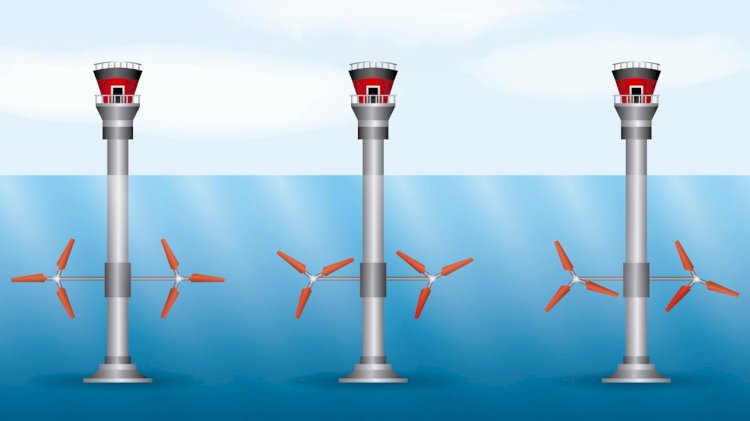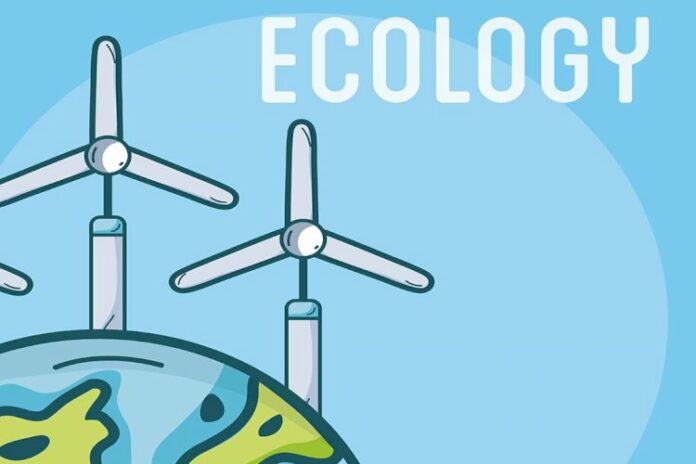The Oil and Gas Authority’s (OGA) Energy Integration Project report, published in collaboration with Ofgem, The Crown Estate and the Department for Business, Energy and Industrial Strategy (BEIS), also highlights the additional potential for offshore renewables (wind, wave and tidal) to contribute approximately a further 30% towards the UK’s net zero target. This means the UK Continental Shelf (UKCS) could support, in combination with complementary investments in onshore energy infrastructure, around 60% of the UK’s decarbonisation requirements.
There are over 30 energy integration projects already underway across the UKCS, with more than 10 actively being engaged by the OGA alongside this study.
The report also concludes that not only is the close co-ordination of these technologies valuable in terms of energy production and cutting greenhouse gases, but that their integration would help technologies become economically more attractive.
The findings of the report include:
- Oil and gas platform electrification is essential to cutting sector production emissions in the near term, and critical to the industry’s social licence to operate. Electrification can abate operational emissions by 2-3MtCO2 p.a. by 2030. This is the equivalent of reducing 20% of today’s production emissions, rising to 40% by 2030.
- Oil and gas capabilities, infrastructure and supply chain are crucial to energy integration, and can potentially support further offshore renewables expansion, including floating windpower.
- Re-using oil and gas reservoirs and infrastructure can accelerate Carbon Capture and Storage (CCS), connecting to onshore net zero hubs and saving 20-30% Capex on specific projects.
- To reach the CCS scale in support of net zero, the UK needs to develop around 20 individual CO2 stores for a total capacity of over 3GtCO2 by 2050 (with large CCS projects featuring multiple stores)
- Blue hydrogen (produced from natural gas) has the potential to decarbonise around30% of the UK natural gas supply by 2050, potentially supporting circa half of CCS expansions in the same timeframe.
- Green hydrogen (from renewables) can support and enable the significant expansion of offshore renewables in the 2030s and beyond, providing an efficient storage and energy transportation solution. Reducing the costs of the technology involved (electrolysis) would be needed to support the faster uptake of this technology.

OGA Chief Executive, Dr Andy Samuel, said:
“The UK Continental Shelf has the potential to make a deep and meaningful impact on the UK’s overall net zero target and offshore energy integration can be the game changer. By closely co-ordinating our energy systems a secure energy supply can continue to be delivered from a diverse mix of production, while unlocking more and more of the green energy and carbon capture needed to help take the UK to net zero.”
Minister for Energy and Clean Growth, Kwasi Kwarteng, said:
“It is great to see this report set out a clear path towards net zero, highlighting that the offshore energy sector has the capacity to help deliver huge carbon reductions. Sharing existing expertise and infrastructure from the oil and gas industry will be integral in the development of our outstanding renewable energy sector, helping us meet our climate change commitments.”



